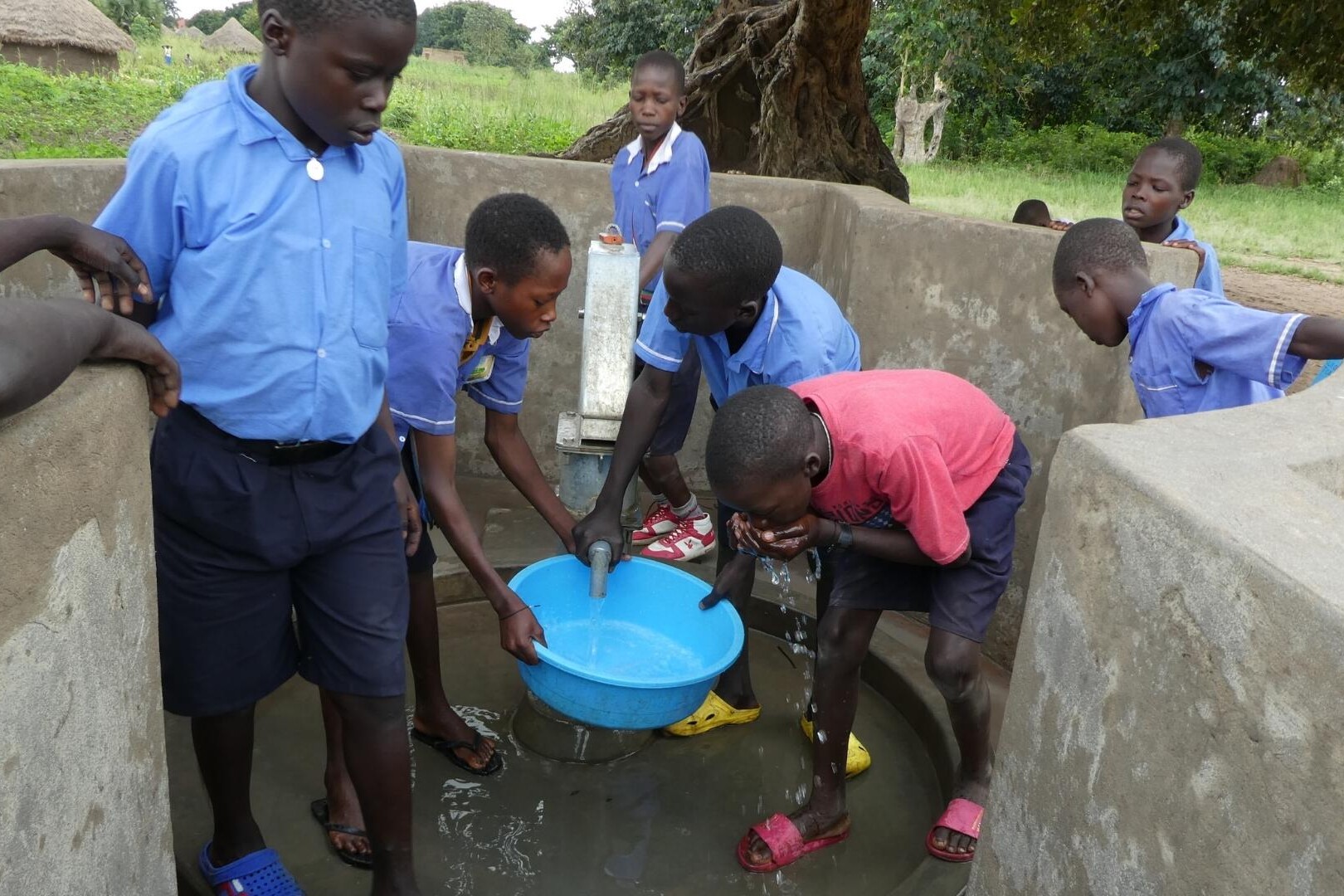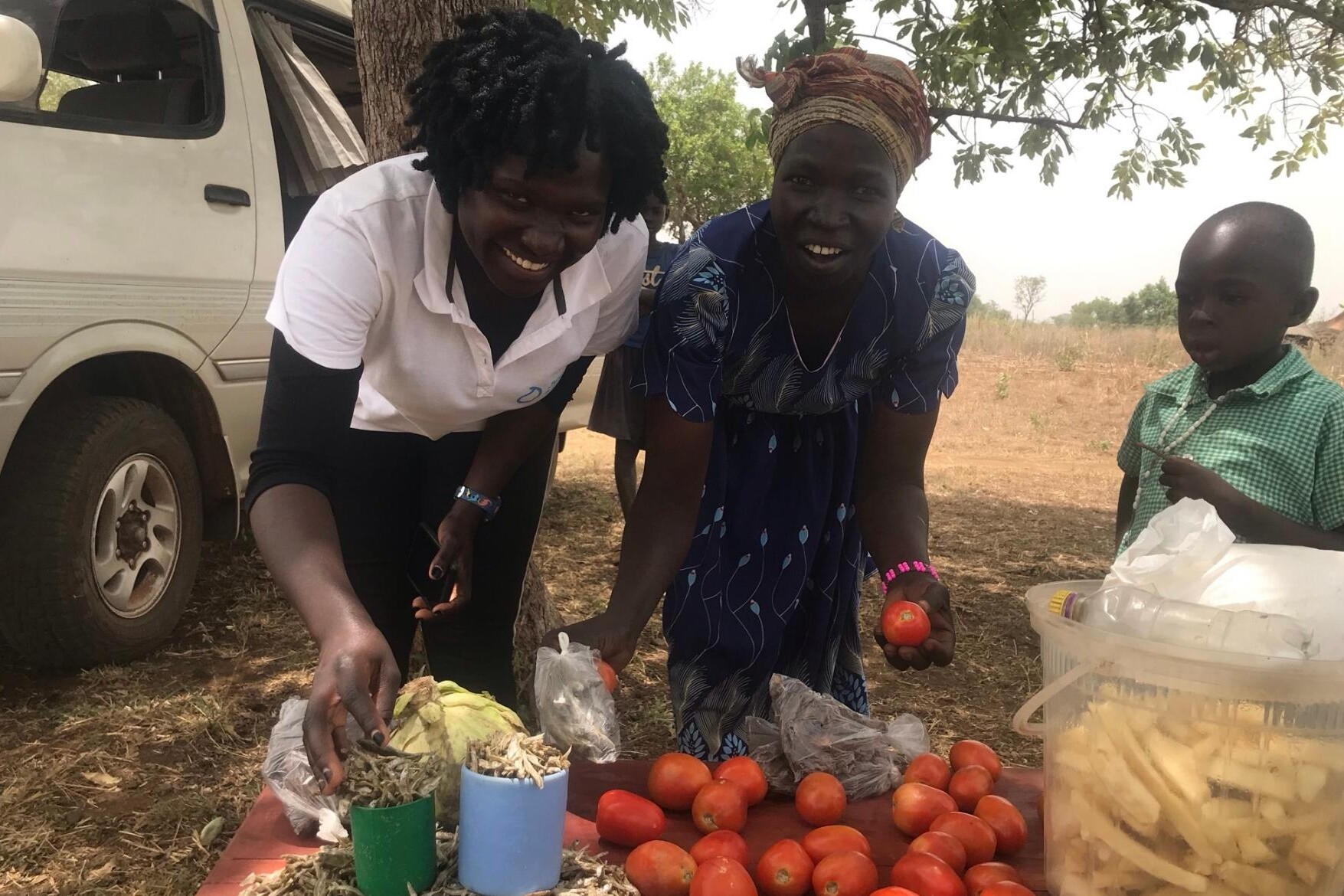37
%
of the population of Uganda don’t have access to safe water, that’s 18.5 million people.
76
%
of the population of Uganda don’t have access to sanitation, that’s 38 million people.
75
%
of the population of Uganda don’t have access to basic hygiene facilities, that’s 37.5 million people.

Our Work in Uganda
In Uganda we support rural marginalised village communities, health centres, and schools with access to safe water, improved sanitation, and hygiene training in the districts of Wakiso, Amuria, and Karamoja.
Our work here includes the construction and rehabilitation of drilled wells and large rainwater harvesting tanks. We also refurbish gravity fed water systems, which direct water downhill from an unpolluted source to tap-stands in a community, meaning water is easily accessible to all households, schools, and medical centres, and the whole community benefits.
We tackle the sanitation crisis by constructing gender sensitive latrine blocks in schools with urinals for boys, and washrooms for girls, and separate toilets for teachers. We also construct household latrines for the vulnerable, and provide community hygiene training.
In order to support vulnerable communities and enhance the long-term sustainability of our projects, we provide start-up funds and training to self-help groups. Members use this support to gain access to small-scale credit which they use to invest in small businesses providing hairdressing, catering, farming, or so many other things, to provide income for their families.
We also incorporate menstrual health into our work with schools, which includes education and the provision of affordable sanitary pads, enabling girls to manage their menstrual cycle with dignity.

Uganda Background
Uganda is a country of 50.02 million people in central Africa.
Uganda achieved political stability in 1986, and has experienced rapid economic growth in recent decades, with a large amount of the rural population migrating to areas around urban centres. This large population movement has put pressure on the existing infrastructure, and the country’s high population growth (3 times the global average) has further compounded the issue. The country remains poor, despite economic growth, and there is a real lack of adequate sanitation – many are forced to share overcrowded pit latrines or practice open defecation.
Uganda has high rainfall and natural sources of freshwater, but surface water sources used by many people are highly contaminated due to poor drainage and little regulation of waste disposal. WASH solutions involve improving the water supply system infrastructure and vastly improving basic sanitation for millions.